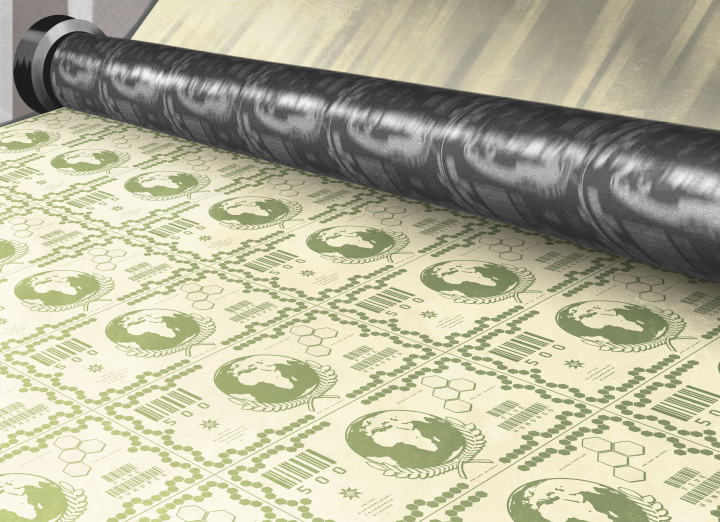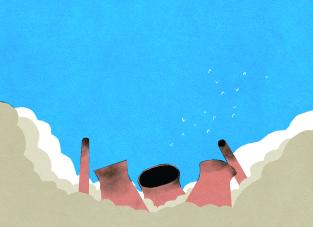Green Quantitative Easing
Local Project
In the wake of the 2007/8 global financial crisis, governments sought a way to get economies growing again. Many ruled out spending public money. This meant that central banks had to play a big role, and they did so using quantitative easing (QE).
Banks create money whenever they issue loans. Under QE, central banks created new reserves of money, and used this to buy up financial assets, like the bonds issued by governments and companies, who then had more money to spend in the economy. This increased the price of these assets, which meant interest rates went down and it became easier for banks, people and companies to borrow again, putting even more money into the economy. The idea was that economic growth would follow.
Many of the financial assets purchased with QE helped fund fossil fuels and other destructive economic activities. So green QE advocates propose that only assets that fund renewable energy, natural restoration, and other sustainable activities should be purchased. This would help lower the cost of borrowing for these investments, encouraging more green investment. It would also help economies by creating green jobs, as well as helping save economies from being destroyed by the climate emergency.
While some central banks are exploring how to make their purchasing programmes greener, green QE is not widespread. Other central banking policies to boost climate action, which do not involve injecting money into the economy, include introducing climate risk into central bank goals and mandates; developing macroprudential risk-assessment tools to measure and regulate the climate risk companies and investors are exposed to; designing green lending guidelines for banks; ending central bank purchasing of bonds issued by fossil fuel companies; and developing credit guidance rules such as preferential interest rates on green loans.
When you take this action, draw 1, 2, or 3 additional Local Project cards if you have 2–3, 4–5, or 6 or more Incentive tags in this card's stack.
You may do this once per round.

Can Green Quantitative Easing (QE) Reduce Global Warming? (Foundation for European Progressive Studies)
The Green Central Banking Scorecard (Positive Money)
Central Banking for a Low-Carbon Economy (Positive Money)
Support groups like Positive Money, an international research and campaigning organization that reimagines how money, banks, and finance can work better for the wellbeing of people and the planet.



